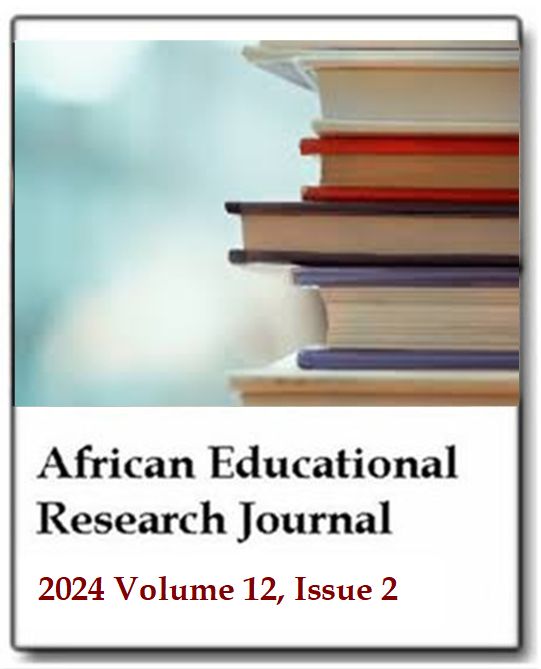Well-being of the students – What matters?
Meera GungeaAfrican Educational Research Journal
Published: April 12 2024
Volume 12, Issue 2
Pages 78-84
DOI: https://doi.org/10.30918/AERJ.122.24.010
Abstract
Anxiety disorders are highly prevalent globally and it is much more prevalent among adolescents because of their exposure to a variety of stressors. Research shows that emotional and biopsychosocial well-being changes over the course of their schooling, with a general increase in anxiety, highlighting the need to further investigate the risk factors that contribute to worry and anxiety symptoms among college student populations. In Mauritius, there has been a rise in the number of adolescents who are recipients of psychiatric treatments at the local government hospitals as well as an increase in the number of cases reported to the school authorities. The present study aimed to identify the causal factors of anxiety among adolescents, and its effects in the educational context. Further, the role of educational social workers in overcoming anxiety was explored and the aim was achieved using the exploratory approach. A focus group discussion using a semi-structured questionnaire was conducted with ten (10) people including educational social workers and educational psychologists recruited through convenience sampling. A thematic analysis of the data shows academic anxiety as an emerging factor, followed by bullying and lastly, family issues. The findings revealed impacts at the school level such as students’ inability to concentrate in class, non-participative and also showing emotional distress. While educational social workers provide counselling to students and parents, a need for teacher empowerment and peer counselling are proposed as future avenues.
Keywords: Adolescent anxiety, student anxiety disorder, social work intervention.
Full Text PDFThis article is published under the terms of the Creative Commons Attribution License 4.0

